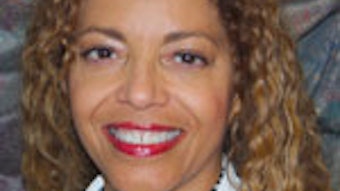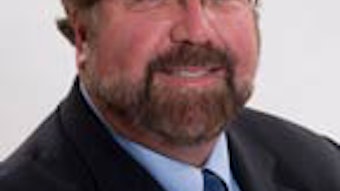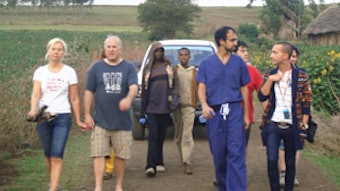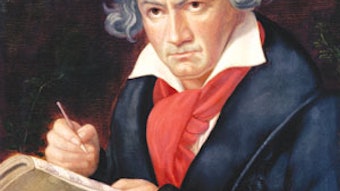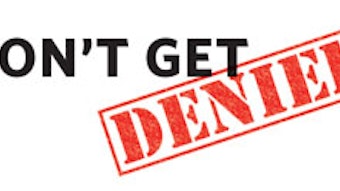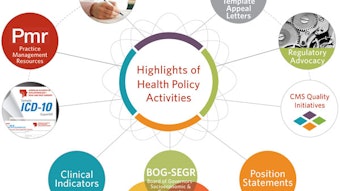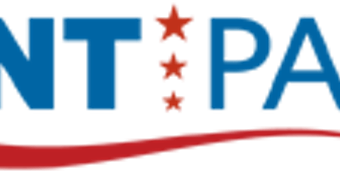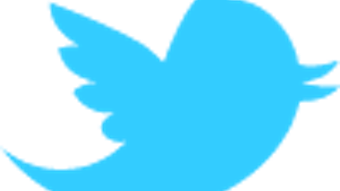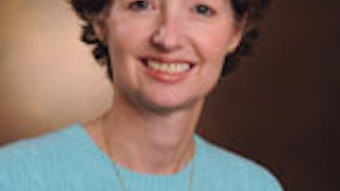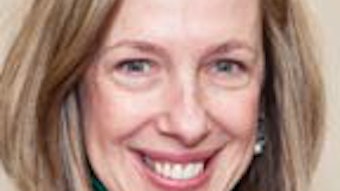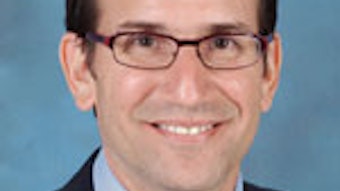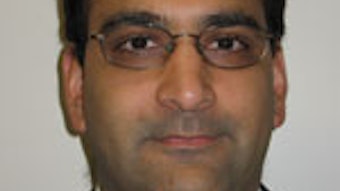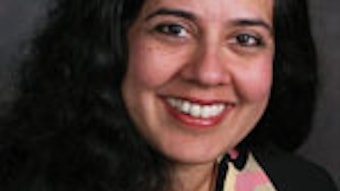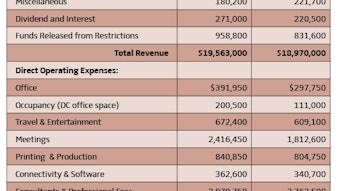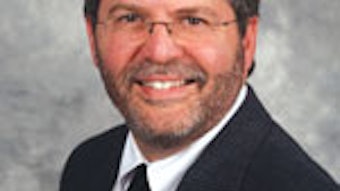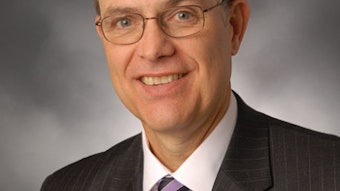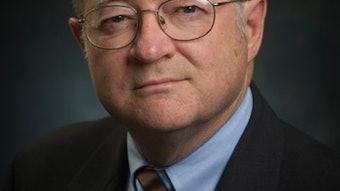Why I Give: Philanthropy Supports Education, Research, Fills Gaps
Lee D. Eisenberg, MD, MPH My connection to the Academy has spanned many years and it began immediately after my otolaryngology training at the University of California, San Francisco, in 1977. While I was a resident, our chairman, Roger L. Boles, MD, always stressed the importance of being involved. At his recommendation, I was appointed to the Committee of Terminology, the predecessor of the CPT committee, for the Academy. What I didn’t realize was, as I got closer to the inner workings of programs and resources, my philanthropic commitment would also grow. During the early years of my professional career, I gravitated to committees focusing on ensuring members had access to the body of knowledge necessary to understand the business side of medical practice. I also developed an interest in quality of care by our specialty to better serve our patients. I served on committees addressing primary care referral and patient management guidelines and was a member of the Instruction Course Advisory Committee and the Home Study Course faculty. How did these early experiences inspire my philanthropy? What impressed me as a committee and Board member was the commitment of resources that the Academy dedicates to creating, continually assessing, and delivering educational programs and products for the members to keep them informed of the advances in the practice of otolaryngology-head and neck surgery. The Home Study Course is an outstanding example of a tool appreciated and used by many Academy members that has had lasting value and adapted over time. It has a dollar value of many hundreds of dollars—and, therefore, provides great value for the membership dollar. I learned that as important as membership dues and Annual Meeting revenues are to providing operational support, these two revenue streams do not cover the costs of what is dedicated to the area of education. What covers the difference? Charitable support helps to fill the gap. The AAO-HNS is our representative in the socioeconomic arena. I have been fortunate to be involved in this area as well for many years as a BOG member, coordinator for Practice Affairs, member of the CPT Editorial Panel, Physician Payment Policy (3P) Workgroup, Surgical Quality Alliance member, and consultant to the Patient Safety Quality Improvement Committee. All of these areas require significant Academy resources, both personnel and financial. Throughout the years, I have done the math to calculate the costs entailed to ensure these meetings continue to take place. The Academy pays all the expenses incurred for sending volunteers like me and staff to be present at these critical meetings. Where would we all be if these conversations were not happening with the right people at the right time? Again, thanks to the supplemental support that comes from charitable donations, this vital effort continues. Looking at the future of the Academy, our ability to be a body of influence relies on being relevant to the physicians who are choosing our specialty. For many members, the Foundation provides research grant funding that could not be acquired elsewhere. We all understand the challenging environment that exists for obtaining such funding. We can appreciate the value of this support to those beginning their careers in the specialty. Equally important are the travel grants awarded to enable residents to connect to the Academy during the Annual Meeting and the Leadership Forum. The Board members and committee chairs of today were those who, like me, got engaged right at the start. Charitable support to these areas is an investment in our specialty and ourselves. As we know, the Academy sells its educational products, charges registration fees for the annual meeting and, of course, collects annual membership dues. These revenue sources alone are insufficient to enable us to accomplish all that is necessary to serve the needs of our members. The appreciation for all that the Academy provides, as well as the commitment of member volunteers to pursue the best for patient care in the specialty has inspired my philanthropy. Many members support the Millennium Society and are Hal Foster, MD Endowment donors. With the support of additional members, we can accomplish even more. So, please join me and the many members of the Academy who are already supporting our mission. Take a moment and visit www.entnet.org/donate. Peruse the many different ways you can support the Academy. It’s easy to support the AAO-HNS/F in a way that is meaningful to you. For questions, please contact Ron Sallerson, senior director of development, at rsallerson@entnet.org or 703-535-3775. Thank you in advance for your support.
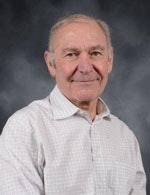 Lee D. Eisenberg, MD, MPH
Lee D. Eisenberg, MD, MPHLee D. Eisenberg, MD, MPH
My connection to the Academy has spanned many years and it began immediately after my otolaryngology training at the University of California, San Francisco, in 1977. While I was a resident, our chairman, Roger L. Boles, MD, always stressed the importance of being involved. At his recommendation, I was appointed to the Committee of Terminology, the predecessor of the CPT committee, for the Academy. What I didn’t realize was, as I got closer to the inner workings of programs and resources, my philanthropic commitment would also grow.
During the early years of my professional career, I gravitated to committees focusing on ensuring members had access to the body of knowledge necessary to understand the business side of medical practice. I also developed an interest in quality of care by our specialty to better serve our patients. I served on committees addressing primary care referral and patient management guidelines and was a member of the Instruction Course Advisory Committee and the Home Study Course faculty.
How did these early experiences inspire my philanthropy? What impressed me as a committee and Board member was the commitment of resources that the Academy dedicates to creating, continually assessing, and delivering educational programs and products for the members to keep them informed of the advances in the practice of otolaryngology-head and neck surgery. The Home Study Course is an outstanding example of a tool appreciated and used by many Academy members that has had lasting value and adapted over time. It has a dollar value of many hundreds of dollars—and, therefore, provides great value for the membership dollar. I learned that as important as membership dues and Annual Meeting revenues are to providing operational support, these two revenue streams do not cover the costs of what is dedicated to the area of education. What covers the difference? Charitable support helps to fill the gap.
The AAO-HNS is our representative in the socioeconomic arena. I have been fortunate to be involved in this area as well for many years as a BOG member, coordinator for Practice Affairs, member of the CPT Editorial Panel, Physician Payment Policy (3P) Workgroup, Surgical Quality Alliance member, and consultant to the Patient Safety Quality Improvement Committee. All of these areas require significant Academy resources, both personnel and financial.
Throughout the years, I have done the math to calculate the costs entailed to ensure these meetings continue to take place. The Academy pays all the expenses incurred for sending volunteers like me and staff to be present at these critical meetings. Where would we all be if these conversations were not happening with the right people at the right time? Again, thanks to the supplemental support that comes from charitable donations, this vital effort continues.
Looking at the future of the Academy, our ability to be a body of influence relies on being relevant to the physicians who are choosing our specialty. For many members, the Foundation provides research grant funding that could not be acquired elsewhere. We all understand the challenging environment that exists for obtaining such funding. We can appreciate the value of this support to those beginning their careers in the specialty. Equally important are the travel grants awarded to enable residents to connect to the Academy during the Annual Meeting and the Leadership Forum. The Board members and committee chairs of today were those who, like me, got engaged right at the start. Charitable support to these areas is an investment in our specialty and ourselves.
As we know, the Academy sells its educational products, charges registration fees for the annual meeting and, of course, collects annual membership dues. These revenue sources alone are insufficient to enable us to accomplish all that is necessary to serve the needs of our members. The appreciation for all that the Academy provides, as well as the commitment of member volunteers to pursue the best for patient care in the specialty has inspired my philanthropy. Many members support the Millennium Society and are Hal Foster, MD Endowment donors. With the support of additional members, we can accomplish even more. So, please join me and the many members of the Academy who are already supporting our mission. Take a moment and visit www.entnet.org/donate. Peruse the many different ways you can support the Academy. It’s easy to support the AAO-HNS/F in a way that is meaningful to you. For questions, please contact Ron Sallerson, senior director of development, at rsallerson@entnet.org or 703-535-3775. Thank you in advance for your support.
